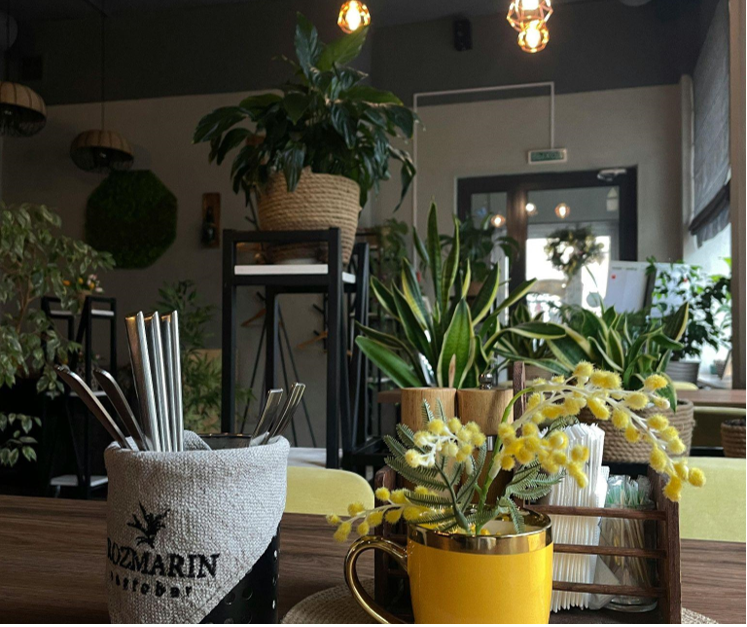The History of Artificial Christmas Trees
Artificial Christmas trees have been around for over a century, with the first manufactured tree debuting in Germany in the early 1900s. However, their popularity only took off after World War II, when many families were rebuilding their homes and unable to access fresh pine trees. As families searched for a more convenient and affordable option, artificial trees gained popularity and eventually became a staple of holiday traditions worldwide.
The Role of Artificial Trees in Promoting Peace
While artificial Christmas trees may seem like a small part of the holiday season, they can symbolize peace during conflict. The tradition of Christmas trees dates back to the 16th century and has always been associated with warmth, comfort, and bringing people together. During times of war and hardship, these values can be fundamental in reminding us of what is truly important.
In addition, the production of artificial trees can also promote peace and cooperation. Many manufacturers of artificial trees now operate internationally, with materials sourced from and products sold in various countries. This type of global collaboration and interconnectedness can foster a sense of unity and understanding between nations and promote economic and environmental sustainability.
Peace treaties and pacts can also play a role in the production and distribution of artificial trees. For example, the Montreal Protocol, a global treaty signed in 1987, aimed to reduce the use of harmful chemicals in refrigeration and air conditioning. While seemingly unrelated, this treaty impacted the production of artificial trees, eliminating certain toxic chemicals used in their production.
Furthermore, artificial trees can be seen as a way to promote peace and understanding between different cultures and religions. While Christmas is a Christian holiday, many non-Christian families also enjoy decorating a tree during the holiday season. This inclusivity and openness to different traditions and beliefs help promote greater acceptance and understanding between other groups.
In conclusion, artificial Christmas trees may seem like a small part of the holiday season, but they can symbolize peace and unity during conflict. Their history, role in promoting collaboration and sustainability, and inclusivity towards different cultures and religions all contribute to the message of warmth and comfort that they bring during the holiday season. Let us reflect on the importance of peace treaties and pacts and work towards a more accepting, united, and peaceful world for all.




